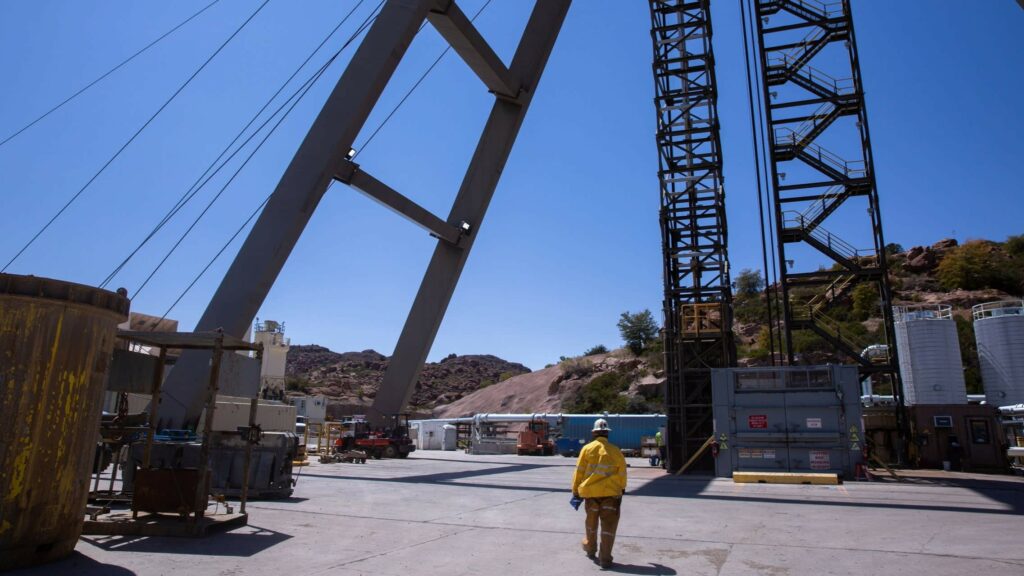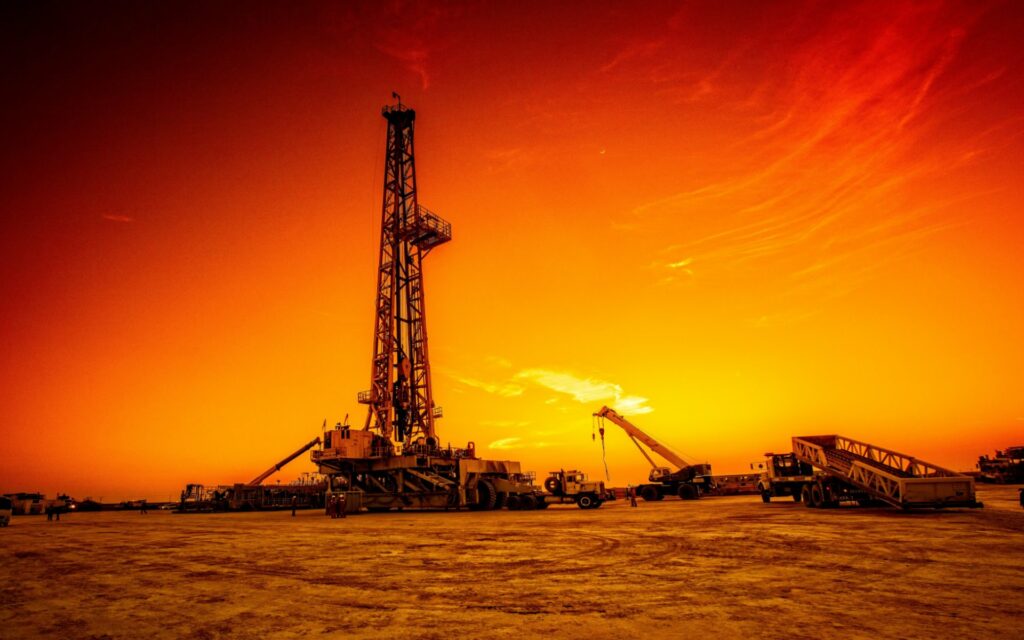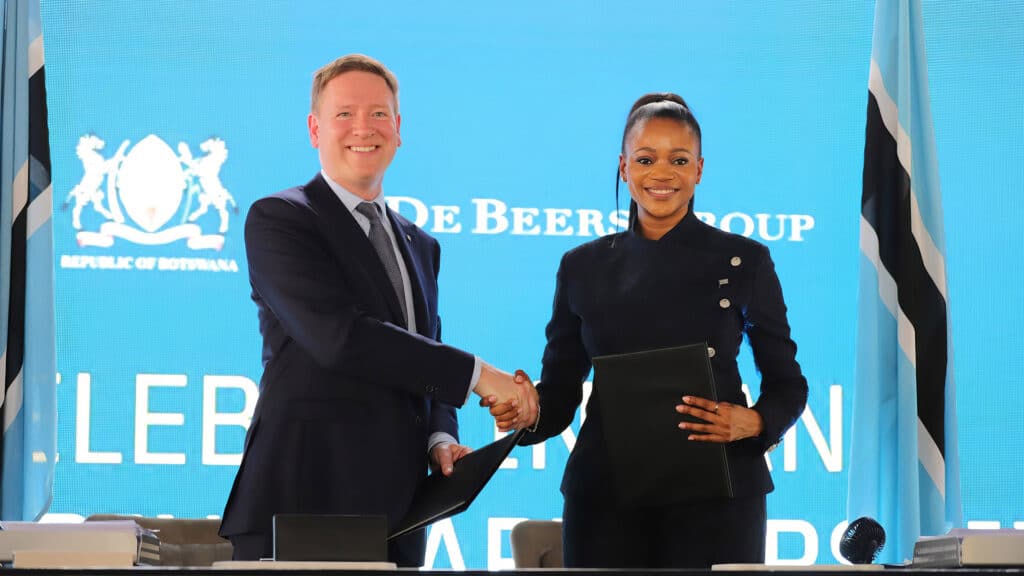As President Donald Trump begins his second term, industries are gearing up to benefit from his pro-business policies.
One of the most significant developments is the anticipation that Rio Tinto’s giant copper mine in Arizona, which has been entangled in a 12-year permitting battle, will finally receive approval. This move could drastically reduce U.S. dependence on imported copper and position the country as a key player in the critical minerals supply chain.
The Resolution Copper Mine, a joint venture between Rio Tinto (55%) and BHP (45%), could supply up to 25% of America’s copper needs if fully operational. The Trump administration’s pledge to expedite regulatory approvals for billion-dollar projects has rekindled optimism for the mine’s development.
Highlights
- Resolution Mine Impact: Once developed, the Arizona-based mine could meet 25% of U.S. copper demand.
- Trump’s Pro-Business Agenda: Policies include expedited regulatory approvals for billion-dollar investments.
- Industry Significance: Copper is a critical mineral for renewable energy, EVs, and national infrastructure.
- Current Challenges: Ongoing legal battles with the San Carlos Apache tribe over sacred land rights.
- Potential Greenlight: Supreme Court ruling could pave the way for development.
The Resolution Copper Mine: A Transformative Project
The Resolution Copper Mine represents a monumental opportunity for the U.S. economy. Located in Arizona, the deep underground mine could produce up to 1 billion pounds of copper annually, a critical mineral essential for renewable energy technologies, electric vehicles (EVs), and national infrastructure projects.
Jakob Stausholm, Rio Tinto’s CEO, expressed optimism in a recent Financial Times interview, stating, “If the U.S. wants to be less dependent on importing a critical mineral like copper, it would be a good thing.”

The mine’s approval aligns with Trump’s promise to prioritize domestic resource development, ensuring energy security and reducing reliance on foreign suppliers.
Industry Insights: Why Copper Matters
Copper’s Role in the Green Energy Transition
Copper is indispensable in the transition to renewable energy. It’s a key component in solar panels, wind turbines, and EV batteries. According to the International Copper Association, global copper demand is expected to double by 2035, driven largely by green technologies.
Insight: The U.S. currently imports approximately 33% of its copper supply. Developing domestic sources like the Resolution Mine is crucial for supply chain resilience.
Economic Benefits of Domestic Mining
The Resolution Mine could create thousands of jobs and inject billions into the U.S. economy. With copper prices trending upward due to growing demand, the mine is poised to be a significant economic driver, particularly for Arizona.
Regulatory Relief Under Trump’s Policies
During his first term, Trump’s administration streamlined environmental reviews and regulatory processes to accelerate the approval of major projects. His promise to prioritize billion-dollar investments is expected to benefit mining projects like Resolution and others across the country.
Challenges Ahead: Balancing Industry and Indigenous Rights
While the potential benefits of the Resolution Copper Mine are substantial, the project faces staunch opposition from the San Carlos Apache tribe. The tribe argues that the mine would desecrate sacred sites, including Oak Flat, a location of significant cultural and religious importance.
The legal case, Apache Stronghold vs. United States, currently before the Supreme Court, highlights the tension between economic development and indigenous rights. A ruling in favor of the mine could set a precedent for future mining projects on contested lands.
Insight: Mining companies increasingly face pressure to address ESG (Environmental, Social, and Governance) concerns. Resolving disputes with indigenous communities is critical for maintaining public trust and project legitimacy.
Trump’s Pro-Mining Administration
Under Trump’s leadership, mining and energy development are poised to accelerate. His nominee for Secretary of the Interior, Doug Burgum, brings a pro-industry track record, advocating for resource development in his previous role as North Dakota governor.
Other projects expected to benefit from Trump’s policies include the Pebble Project in Alaska, a copper-gold venture with significant economic potential. These developments underscore the administration’s commitment to fostering a robust domestic mining industry.
The Road Ahead: Strategic Implications
If approved, the Resolution Mine could mark a turning point in America’s critical mineral strategy. By leveraging domestic resources, the U.S. could:
- Reduce dependency on foreign suppliers, particularly China.
- Strengthen its green energy supply chain.
- Bolster economic growth in mining-dependent regions.
Rio Tinto’s investment in Arizona also reflects the global shift toward securing critical minerals amid rising geopolitical tensions. The project’s success could attract additional investments from international mining giants, further solidifying America’s position in the global mining sector.
What’s Next for Resolution Copper?
The coming weeks are pivotal for the mine’s fate. A favorable Supreme Court ruling could clear the path for development, while ongoing negotiations with indigenous groups will shape the project’s social and environmental footprint.
As Trump’s administration takes bold steps to revitalize domestic industries, the Resolution Copper Mine stands as a symbol of the delicate balance between progress and preservation.







